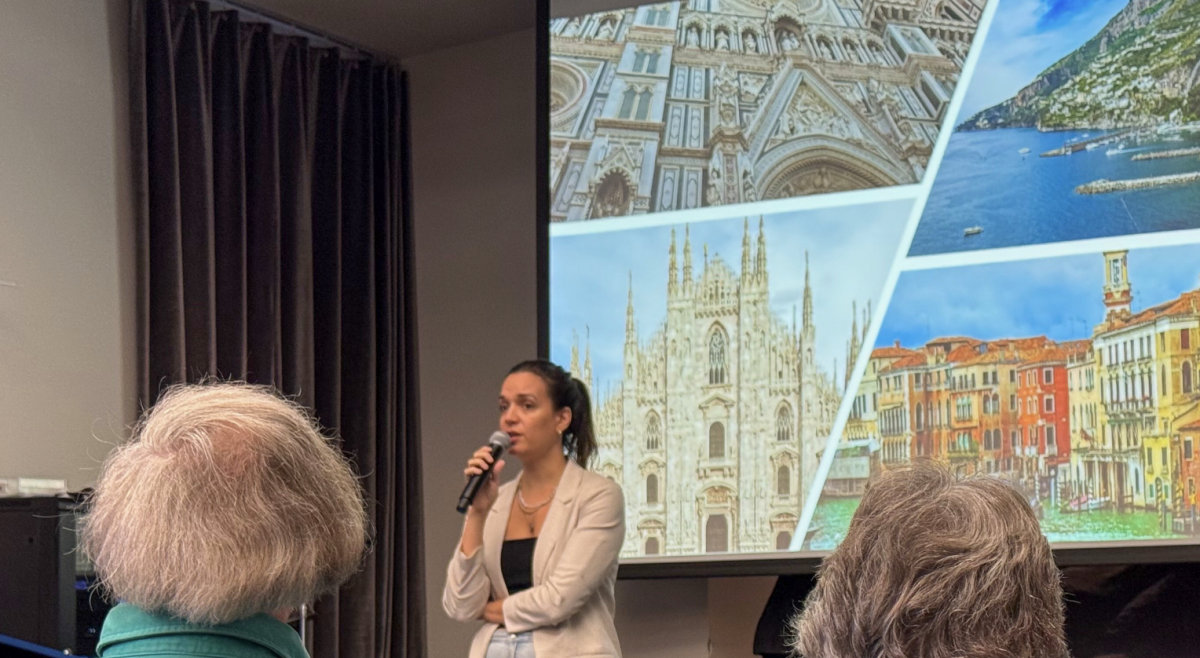Single person households make up 37.4 percent of Boston’s overall population, while only 6.1 percent of the city’s housing stock are studio apartments, according to One Room Mansion at the Boston Society of Architects Space.
Opened to the public on Nov. 10 and running through Feb. 6 of next year, the exhibit proposes the concept of communal and compact living as a solution to the growing demand for urban housing.
“The issue that [One Room Mansion] addresses is the housing crisis facing Boston and most metropolitan areas across the country,” said A. Quinton Kerns, a curator of the exhibit. “We are at a disadvantage of units that relate to our population, so as a solution we are promoting compact living and more sharing environments to allow for a larger demographic to be housed in the city.”
The upstairs of BSA Space, located near the South Station T stop, has been transformed into a model communal residence. A series of corridors and partitioned rooms showcase studio, one-bedroom, and two-bedroom apartment living spaces, in addition to a shared living space and laundry area.
These rooms are unique in that they have been architecturally engineered below the city’s minimum square footage requirement but still provide ample living space and necessary amenities.
For example, while the city’s minimum size for a one-bedroom apartment is 625 square feet, One Room Mansion displays a potential one-bedroom residence requiring only 355 square feet.
Such conceptualized apartments are not meant to stand on their own. Rather, they are meant to be grouped together, with residents investing in communal living spaces rather than larger apartments that may utilize space inefficiently or simply be bigger than a resident requires. This provides an economical solution that looks to counter the high average rent prices in cities such as New York, Los Angeles, and Boston.
“From modular build, which could save on construction time and costs, to co-housing situations, in which private residents can ban together to save money on land costs and building, and then of course, aggregating more units in smaller spaces to allow for larger density of diversity within the housing typology,” Kerns said. “And so that will bring people into the cities, and hopefully once the supply reaches levels that are higher than demand, cost can be stabilized.”
Along the corridor walls, the exhibit highlights examples of compact housing in other countries such as China, Argentina, and Spain. These panels provide photos of the exemplary residences, and explain the innovate architectural techniques used to turn a relatively small amount of space into a viable place to live.
While providing tangible examples of the possibility of communal living, One Room Mansion also explains why the development of new styles of housing units is necessary. One colorful chart conveys the disparity between the number of one- and two-person households and the number of studio and one-bedroom living options available in major cities across the country.
Another emphasizes that many neighborhoods in Boston above the city’s median price per bedroom are those in major urban areas such as Midtown and the Back Bay. Residents seeking cheaper housing are generally forced to search in the city’s surrounding neighborhoods like Allston and Jamaica Plain, demonstrating the need for more affordable housing within Boston.
The “uhü,” a compact, factory-built residence, is also on display at the BSA Space. This form of housing is meant to be combined with other modular units and ultimately form affordable, multi-family apartment buildings. The “uhü” comes in two sizes to accommodate different kinds of households, and two units can be combined to serve a larger family. The “uhü” was produced by the BSA in conjunction with the Mayor’s Innovation Lab and LiveLight for only $50,000, making it an economically efficient alternative to traditional urban housing. Visitors can tour the inside of a “uhü” unit at the BSA Space.
As the goal of One Room Mansion is to draw attention to the housing crisis facing many prominent urban areas across the country, Kerns hopes that visitors would feel inclined to continue the conversation about this issue after leaving the exhibit.
“There is an issue of housing in the city, and in most cities, and the only way to address it is to be active and to be informed,” Kerns said. “And so this is gathering awareness, keeping the conversation going, and seeing what we can do to solve this issue.”
Featured Image by Leo Confalone / Heights Staff







